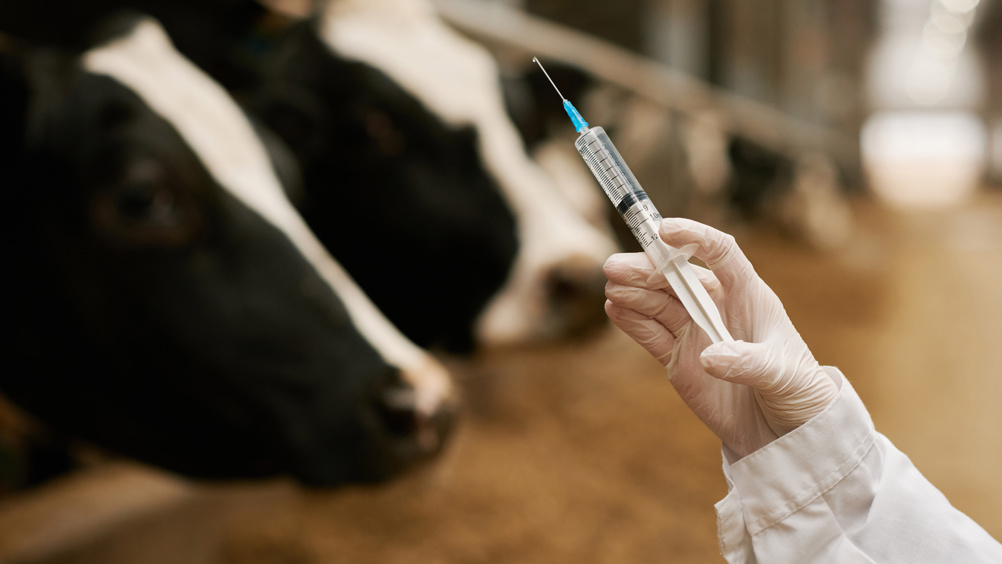CattleReview: November–December 2020

Abstract
Introduction:
In this Cattle Review we consider three recent papers looking at postpartum uterine disease, Mycoplasma bovis and bovine respiratory disease vaccination.
The objective of a study by Cattaneo et al (2020) (The Veterinary Journal https://doi.org/10.1016/j.tvjl.2020.105533) was to assess how uterine disorders alter the lying behaviour and plasma biomarkers in dairy cows. Thirty-four multiparous cows were retrospectively classified into three groups according to the first uterine disorder the cows were diagnosed with: retained placenta (RP), metritis (MET), or healthy (H; cows without any clinical disease). Lying time (LT) and duration of lying bouts (LB) were monitored between 6 weeks prior to and 8 weeks after calving via the AfiAct II pedometer. Blood samples were collected routinely between 14 days before and 28 days after calving. Regardless of grouping, both LT and LB were longer (p<0.01) in the prepartum period (774 ±16.6 min/day and 89.9±2.1 min/bout) than in the first 28 days after calving (653±16.7 min/day and 63.7±2.1 min/bout). Cows with RP had longer LT than healthy cows during the last 3 weeks before calving (837±30.9 vs. 735±27.1 min/day; p<0.05). LT in cows with MET and healthy cows were not significantly different. The LB was similar among groups, averaging 76.1±3.4 min/bout in healthy cows, 73.2±3.8 min/bout in cows with RP, and 75.2±3.7 min/bout in cows with MET. Compared with healthy cows, cows with RP laid down longer and stood up for shorter times, particularly before calving. In addition, cows with RP had increased mobilisation of body stores and more pronounced in-flammatory status, as demonstrated by plasma haptoglobin and albumin concentrations. These data suggest that automatic monitoring of lying behaviour could help identify cows at increased risk of developing certain disorders, such as RP.
Register now to continue reading
Thank you for visiting UK-VET Companion Animal and reading some of our peer-reviewed content for veterinary professionals. To continue reading this article, please register today.

